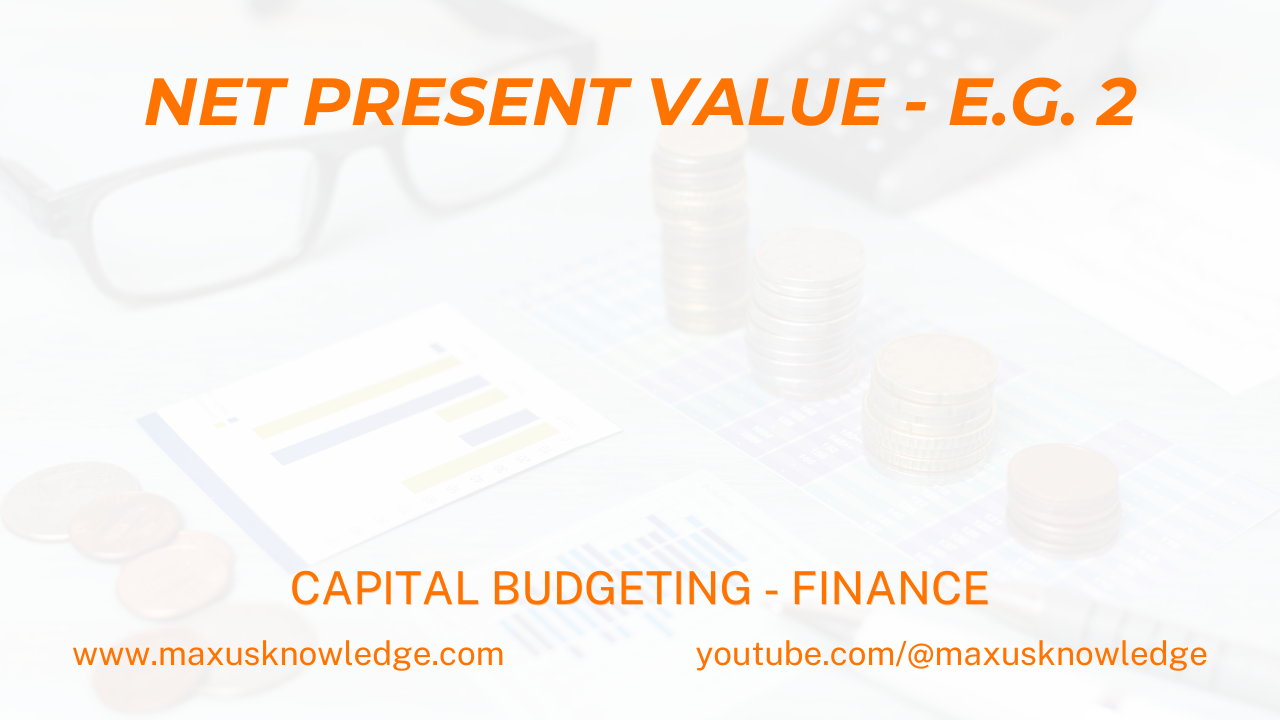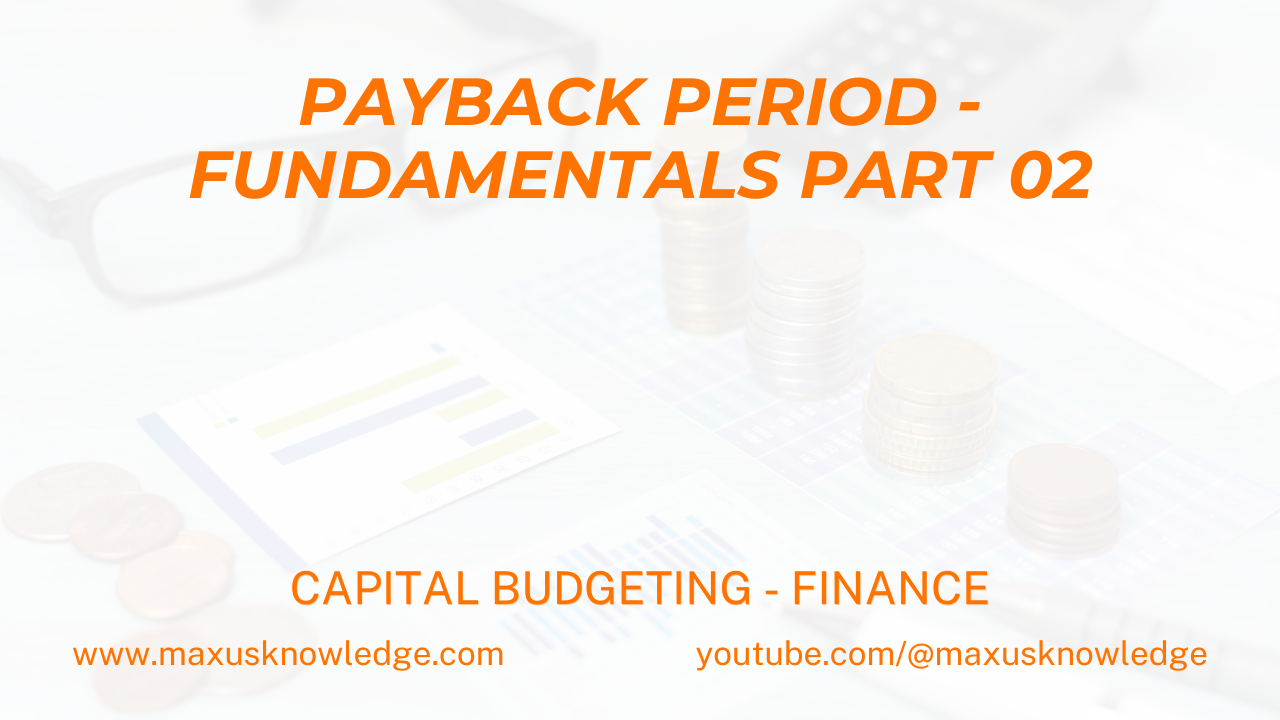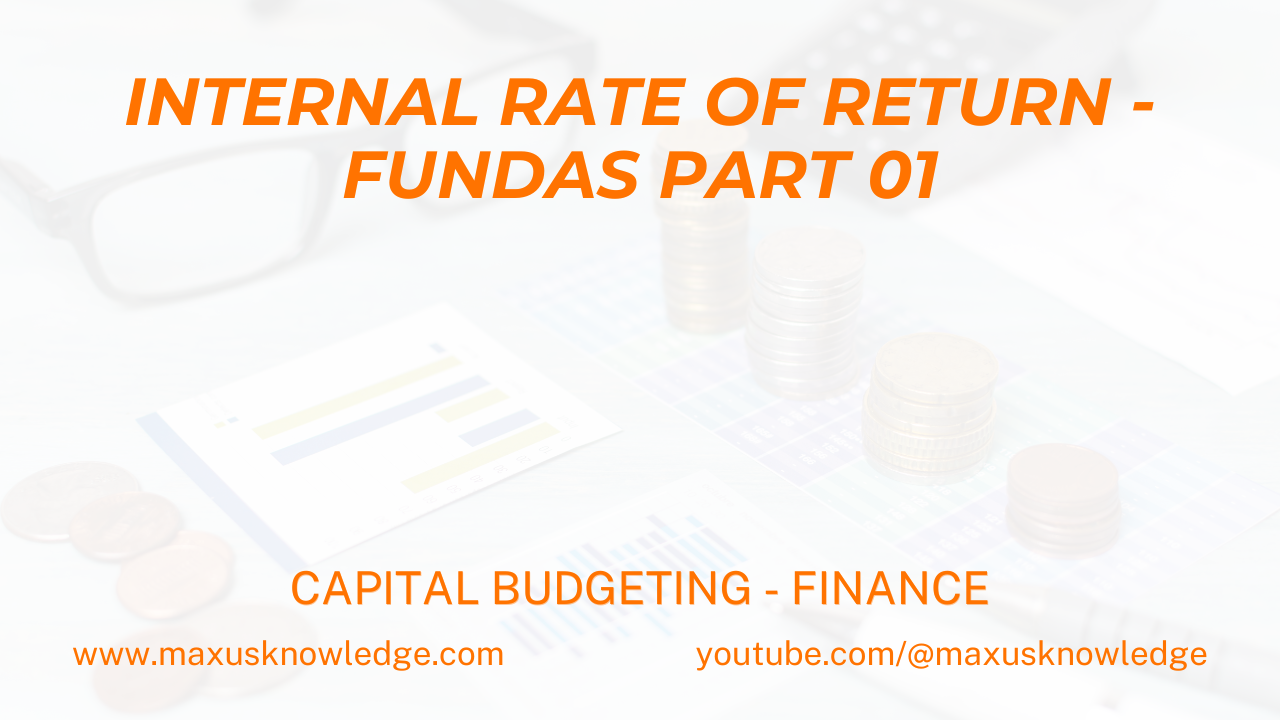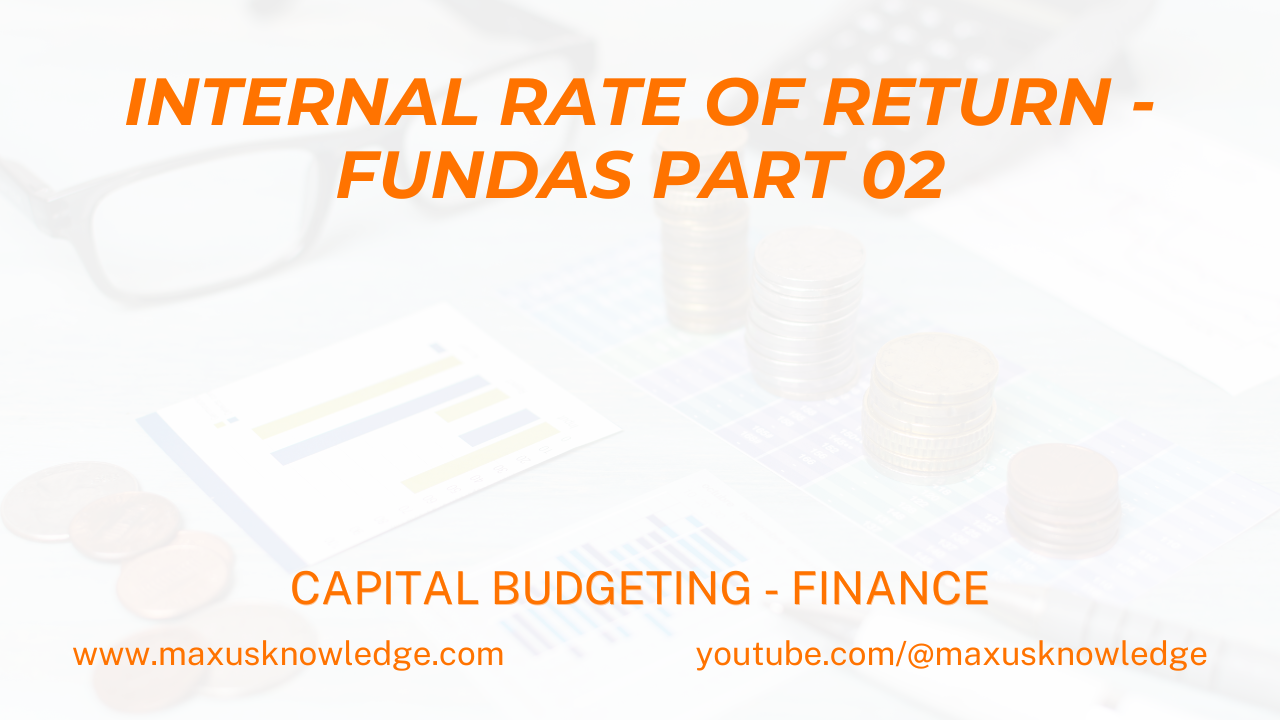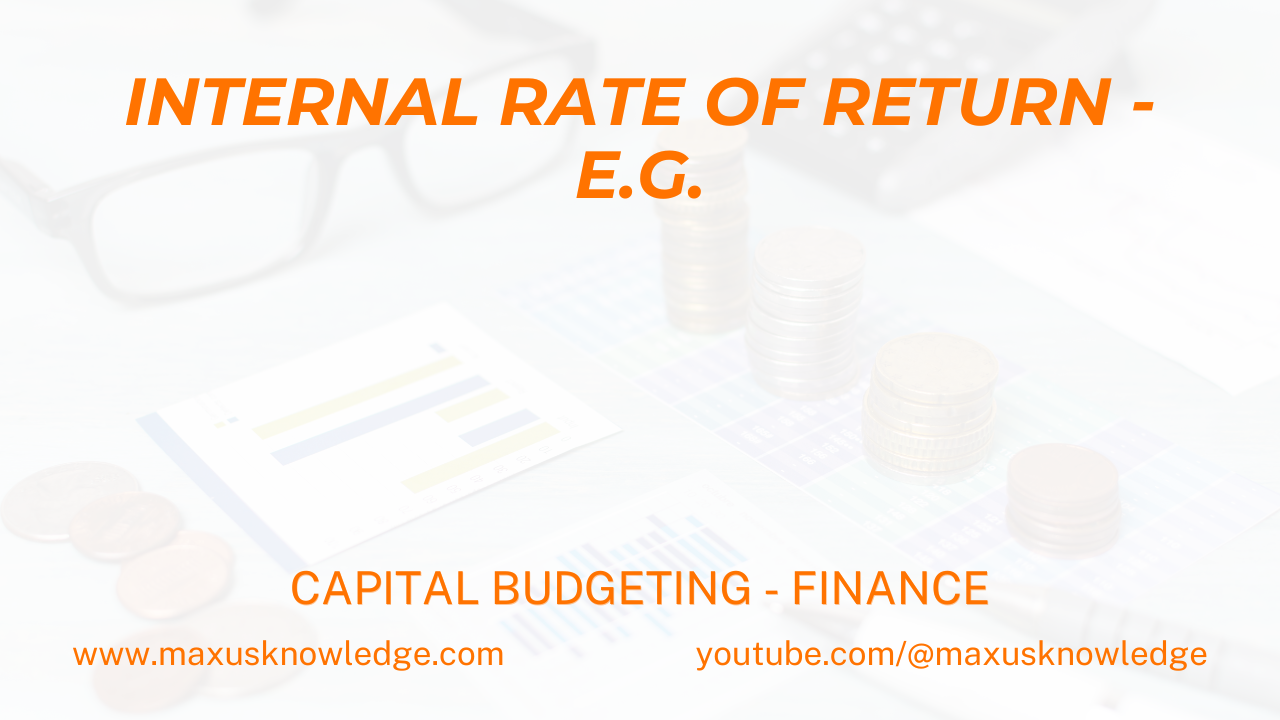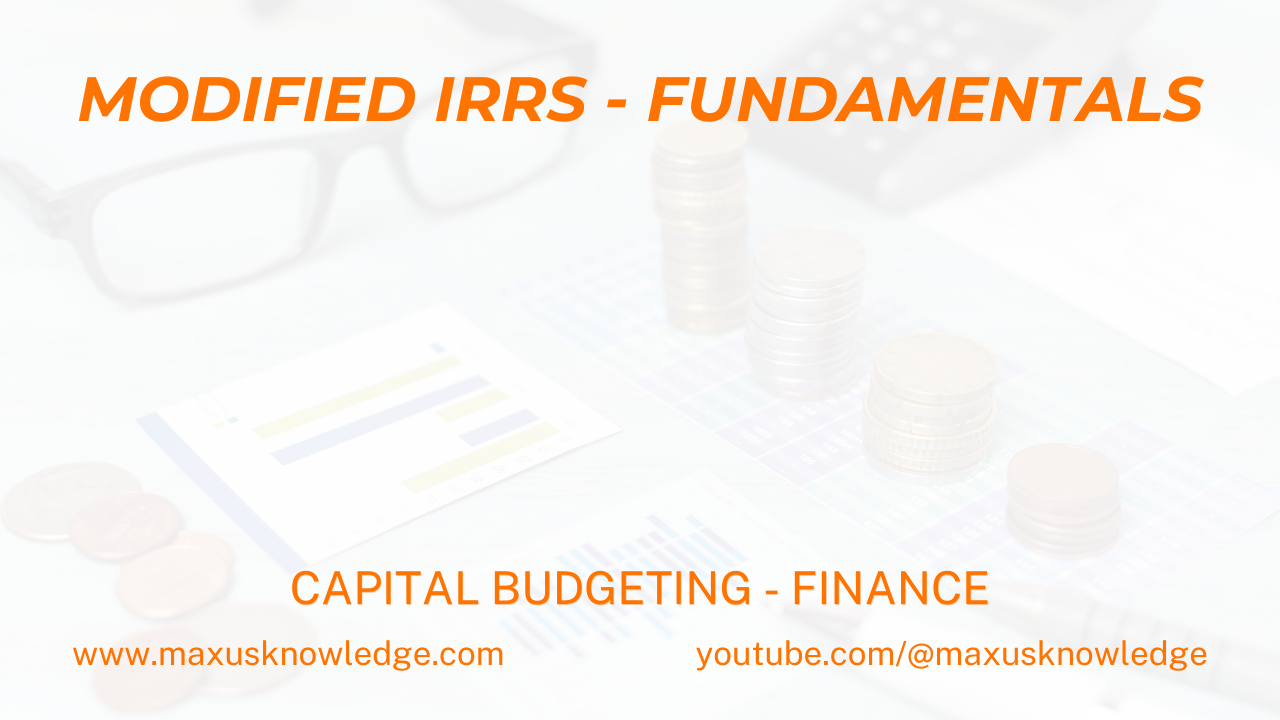Let us understand the fundamentals of capital budgeting. Allocation of funds is an important function of financial management. So what does the allocation of funds mean? How much investment should be made in which area of the business? One such decision is to decide how much to invest in short-term assets and how much to invest in long-term assets. The short-term assets are also known as current assets, while the long-term assets are known as fixed assets. The short-term investment decision is also known as management of capital assets or working capital management, while the long-term investment decision is also known as capital budgeting. What are long-term assets? So the long-term assets, or fixed assets, are those that affect the firm’s operations beyond a one-year period. Some examples include machinery that will be used to manufacture goods, furniture, buildings, and computers to carry out business activities (large computer software such as ERPs). Let us understand the term capital budgeting in a different way. Capital budgeting can be broken into three parts.
The first is capital, the second is budget, and the third is budgeting. So here, the term capital refers to long-term assets used in business operations. A budget is a plan that details the projected inflows and outflows during some future period. So the capital budget is a plan of investments in long-term or fixed assets, while capital budgeting is the whole process of analyzing projects and deciding which ones to include in the capital budget. There are multiple factors involved in the capital budgeting process. So let us look at some of those.
- The first factor that we look at is strategic direction and flexibility. A firm’s capital budgeting decisions generally define its strategic direction. If a company wants to manufacture new products or expand to a new location, it will have to buy new machinery, buildings, furniture, etc. Now, these decisions, once made, may lock in the funds for a long period of time. The firm may lose flexibility, and moving funds in and out of capital expenditures takes a long time, so if the company decides to buy new and costly machinery and
then, after some time, realizes that that machinery is not the right one for them, then reselling it and getting the money unlocked will be a difficult task. - The next factor that we look at is the accuracy of the sales forecast. Now if you decide to buy new machinery in order to produce a product, you have forecasted that there is going to be a need for that product in the future for a number of years, let’s say 10 years. Also, the forecasted sales would be high enough to recover the amount of investment that you are making in the machine. Since this is based on a forecast, the forecasting process has to be really accurate.
- The third factor that we look at is timing and quality. Since capital expenditure decisions involve a large amount of funds, the decision has to be made with a lot of thought. If you make a huge investment, your company will incur high depreciation and other expenses, whereas if you do not invest enough, two conditions can arise. First, your equipment or software may not be modern enough to produce the cutting-edge and high-quality products that your
computer is producing. And second, you may not have enough capacity to handle these sudden increases in demand for the products and may lose the market to your competitors.
So capital budgeting, if done effectively, can improve both the timing and quality of assets in your company. It also requires that the firm foresee its needs in the future and purchase capital assets at the right time. If you realize that you have to expand your production capacity when demand is already at its peak, you will miss out on the opportunity because you won’t have enough capacity to produce when demand is at its peak. This is what makes capital budgeting decisions so important for a firm.
Now, in order to identify where to invest, a firm needs to generate many ideas. For example, let’s say the company wants to buy new machinery. There are many machines available on the market. So the firm has to first decide which type of machinery to invest in, or a firm may want to know whether they should invest in a new accounting application or a new building, buy new laptops, or buy new machinery. Now all of these may or may not be the best investment at a particular point in time, so the capital budgeting process helps in screening the projects to decide which ones to be selected. Now there are various techniques that can be used to rank projects and decide whether or not they should be accepted for inclusion in the capital budget. Some of these techniques are as follows:
Net present value:
NPV = – PV0 + PV1 + PV2 + PV3
Internal rate of return or IRR: It is defined as the discount rate that forces a project NPV to equal zero.
From the above case,
0 = – PV0 + PV1 + PV2 + PV3
Present value (PV) = Future value (FV)/ (1 + i)^n
Here, i = internal rate of return.
0 = -1000 + [500/(1 + r)^1] + [500/(1 + r)^2] + [500/(1 + r)^3]
Modified internal rate of return also known as MIRR:
When you add the FVs you get the terminal value (TV). The we have to determine the discount rate that forces the PV of the TV to equal the present value of cash outflow.
PV (cash outflows) = PV (TV of cash inflows)
Discounted payback period: Similar to regular payback period method, just that the time value of money is taken into consideration (cash flows are discounted at the cost of capital).
Accounting rate of return: It considers the accounting information as revealed by financial statements in order to measure the profitability.
ARR = (Avg. income/ Avg. investment) X 100
The
acceptance rule for ARR is that the management has to establish a minimum rate
acceptable to the organization. If ARR is higher, then the project should be
accepted.



